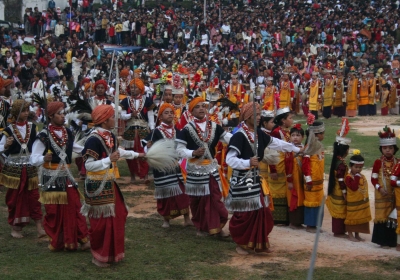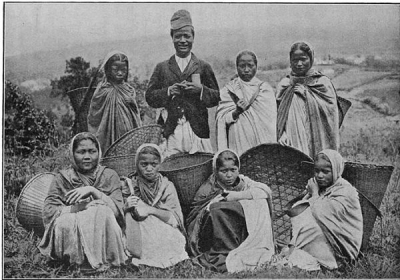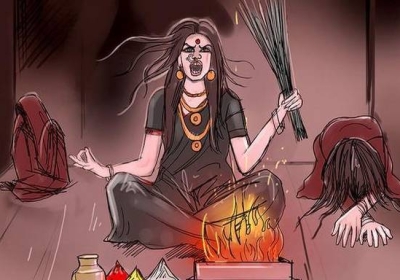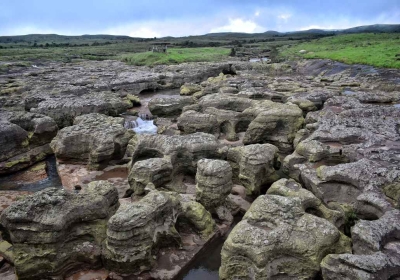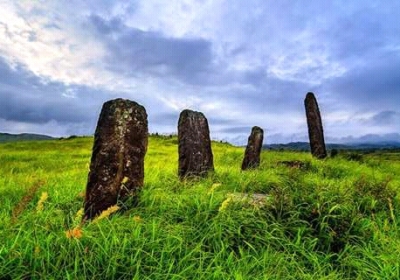Khasi Heritage: Mother Decree and Creator of Mankind
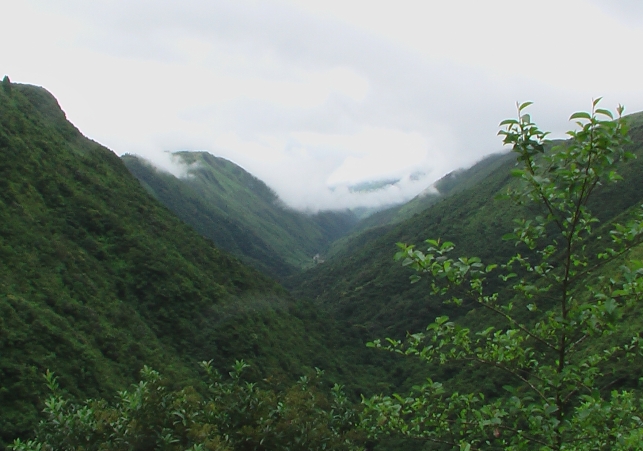
The terms Meihukum and Thawkur are intangible binary references to the supreme and eternal divine pair of omnipotence and omniscience. The words Mei and Hukum mean Mother and Decree respectively or a Motherdecree; and the words Thaw and Kur denote Creation and Clan respectively, or Creator of Clans. The notion of the supreme and eternal divine entity is devoid of gender or numbers or the personification of human form. It is an intangible essence of mystery beyond the comprehension of the human mind and intelligence. Therefore, the words God or Goddess are not compatible with the Khasi understanding of the divine. It encompasses the vast horizon of absolute and abstract volume of the infinite universe and is addressed in Khasi as U Blei or God, Ka Blei or Goddess, Ki Blei or Deities without any preferences and in random order. It is neither monotheistic nor polytheistic, perhaps, a perfect combination of animistic and humanitarianism. The divine is the wholesome, integral entity in its entirety. It is surmised that the Sanskrit or Hindi words ‘Me Hukum’ or ‘Mein Hukum’ and ‘Thakur’ could have been derived from the Khasi words, because ‘Me Hukum’ or ‘Mein Hukum’ means in spades or without question and beyond doubt; and ‘Thakur’ means the supreme master. The words could percolate through generations and emanate with different but similar or identical connotations.
Initially, Mother-Earth was dynamic and fecundity was thriving with the creation of animate and inanimate beings. The mission of mother Earth concluded at a time when her offspring demonstrated their independent role in providing respective energy for germination, growth and sustenance of every other life on earth. When Mother-Earth became mature, and satisfied with everything that the supreme divine beings, Ka Meihukum and U Thawkur had fulfilled her aspiration to an impulsive creations on earth and were ready to entrust the life creations to her offspring. With the passage of time, Mother-Earth, or Meiramew, is well aware of the conflict among her offspring, and laments over the chaos and commotion among the creatures on earth and, over a period of time, she becomes infirm and ultimately terminated. Mother-Earth needs to be cremated in order to enable a sustainable existence of every creation in the cosmos.
The Sun, as the eldest sibling, claimed her right to perform the last rites over her mother and the other siblings also asserted their own share of legitimacy. Finally, Mother-sun, as the eldest daughter, was given the privilege of complying with the task of incineration of Mother-Earth. The sun shines with extreme heat to the extent that the scorching sunburn makes the earth swell and emits a stinking odour, but does not extinguish. Therefore, the sun gave up and allowed her other siblings to take charge of the task of cremation of their mother. The Moon, as the only son, realised his limited role in the funeral ceremony and acknowledged his inability to perform and passed it over to the his younger sisters. The air asserts its powerful wind and storms, but mother-earth moved from one location to another in the cosmos without any effect. Then the water exerts its force like a flash flood and a turbulent cascade, however the mother-earth is unmoved and remains in tact. Ultimately, the bounded duty lies with the youngest daughter, the fire and instantly the flame gradually discharges intense heat and burns the Mother-Earth bit by bit. Finally, the furnace extinguished Mother-Earth until it converted to ash and cinder, and transformed into a refreshing land with the potential to nurture and nourish every creature on earth.
Consequently, the older siblings are envious of their youngest sister, the fire, because they were ashamed of their seniority and superior power that they could not accomplish their avowed task. The moon was neutral while the other siblings endeavoured to eliminate their youngest sister, the fire. The scorching sun tried to subdue the flame of the fire, but failed miserably. Both the air and water wielded tempestuous wind and torrential showers respectively to expel fire. Subsequently, fire is compelled to seek refuge wherever it finds solace and, finally, it hides in certain resources of nature, like plants and minerals. This is the reason why the friction of flint stones and of bamboo stems can emit fire. The funerary episode is the basis of the Khasi custom of custodianship bestowed upon the youngest daughter to take care of every domestic matter, while the moon, thunder and earthquakes are entrusted to overlook every other affair of the family. The season of growth for every creation changes with the cycle of the moon, weather with thunder and the structure of the universe with quake. Therefore, cremation is the ideal method of disposing of the corpses of every being and animated creatures, particularly carnivorous animals. Moreover, in the Khasi tradition, complete incineration is ensured of human corpses and there is a ceremonial process called ‘Kyllathang’, meaning scooping out every bit of the flesh and bones of the corpse, particularly the navel, until everything is terminated. There will be a more elaborate explanation of this aspect in the subsequent chapters.
After the cremation of Mother-Earth, every creation germinates, grows, sustains, matures, dies and produces new seeds to be regenerated again for another cycle of generation and develop into various species of orgasm. However, in the perception of the human mind, things might be different in forms, volumes and other specifications of the respective object, but in the mythical connotation it is a common phenomenon. The galaxy and constellations are metaphorical and equitable matter in every aspect, with rivers and mountains, animals and insects and all other creations in the entire universe. It is not required to personify or categorise the wonder of creations, particularly the divine creation. The gigantic creations and the extraordinary human intelligence will never be surpassed by the mystery of the divine. A rendition of a folk poem or Phawar is presented with the comprehensive connotation of a Khasi rhythmic verses:
Khielung ha ka khyndew, la Ïapstai ka pyut ka pyar,
La iaw ka meiramew, la poi pali ban iap synlar.
Met pyut la dei pynkhuid, la meingi ka shit kyrang;
La kyan, la sieb, syntuid, bor ka sngi te ym lah thang.
La beh paswut ka lyer, langthari ne u kyllang;
Khlem lah te ban kynther, la tyllun kamon kadiang.
Ka um ka tuid ka shlei, jur lapbah te ka umsaw;
Lynsher la ishyrkhei, da lei lei khlem ieng ka daw.
ka khyndew met la syang , thylliejding ha ba la tbeh;
Katba ka ding ka klang, la khuid phar kumba la khreh.


